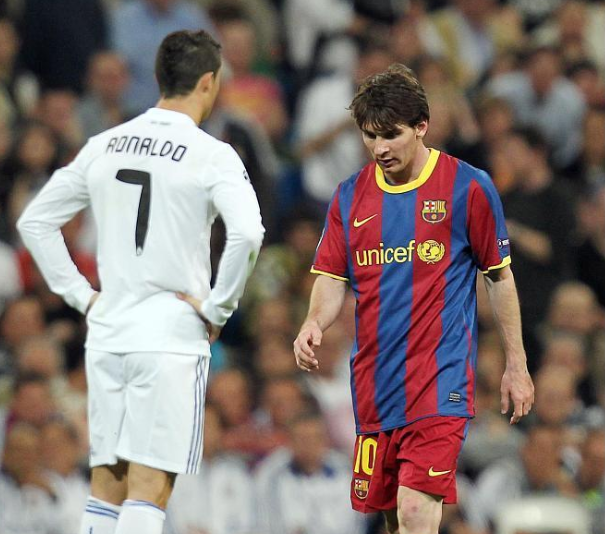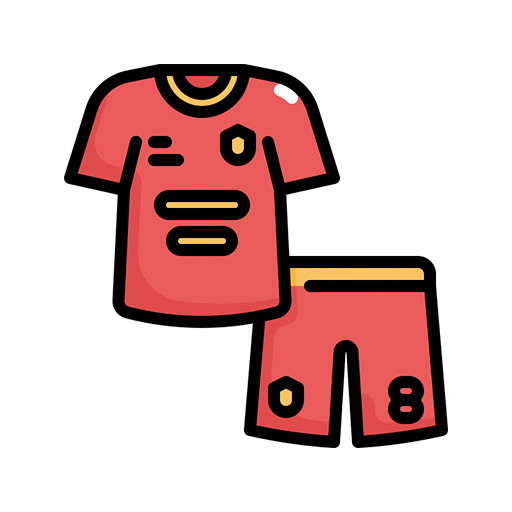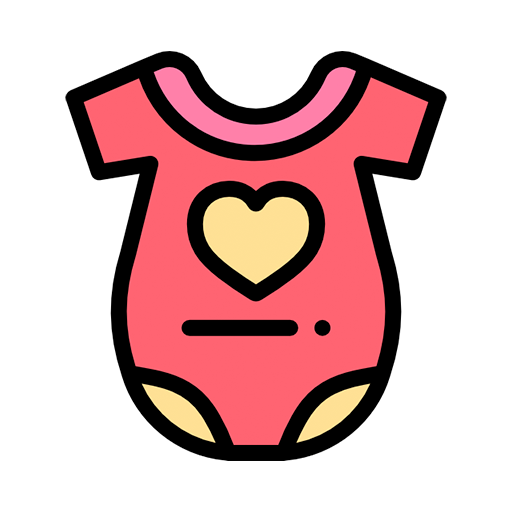
What do soccer jersey numbers mean
Share
On the football pitch, jersey numbers often carry special meanings. From the team's core players, speedy wingers, to formidable defenders, one can easily identify a player's position and their tactical role by their jersey number.
In principle, football teams traditionally assigned numbers 1-6 to defenders (full-backs), while 7-11 were reserved for attackers (strikers). The midfield positions evolved later, allowing for more flexibility in numbering, with numbers 4, 5, and 6 sometimes assigned to defenders and at other times to midfielders. Some players also have a preference for specific numbers; for instance, Phil Foden of Manchester City is particularly fond of the number 47.
Key jersey numbers on the pitch
Number 10: The Midfield Maestro
Players wearing the number 10 are typically the core figures of their teams, embodying their identity. They serve as either the midfield engine or the mainstay of the forward line, being the heart of the offensive force. Legends like Pelé, Maradona, Platini, and Rivaldo have worn the number 10, giving it a special significance. When watching a team, focusing on the number 10 player is a safe bet. Famous current players wearing the number 10 include Messi and Modrić.
Number 7: Beauty and Brawn
The number 7 is commonly associated with wingers and forwards, sometimes also worn by strikers. Players with this number are often the key figures on the flanks, with speed and dribbling as their hallmarks. Tactically, they excel at both scoring and assisting, and the number 7 is often synonymous with good looks on the pitch. Stars like Beckham, Raúl, and Figo have worn the number 7. Current notable players wearing it include Cristiano Ronaldo and Son Heung-min.
Number 9: The Center Forward
The number 9 has always been synonymous with the center forward, the leading scorer and the team's goal-scoring machine. Great center forwards are often crucial in deciding matches, with iconic players like Ronaldo, Van Basten, Batistuta, and Inzaghi wearing the number 9. Current stars donning the number 9 include Kane, Lewandowski, and Mbappé.
Number 11: Speed and Thrills
Similar to the number 7, the number 11 is also worn by wingers and forwards, forming the offensive wings of a team, with the 7 and 11 occupying the left and right flanks respectively. Players with the number 11 are often raiders and shadow strikers, characterized by their speed and proficiency in scoring from close range. Players like Klose and Robben are iconic examples of the number 11. Current stars wearing it include Rodrigo and Doku.
Number 1: The Wall of Despair
The number 1 jersey belongs to the goalkeeper, who in virtually all official matches wears this number, representing the stability of a team's defense. The goalkeeper is a vital position on the pitch, often described as "holding the gate against thousands." Legends like Yashin, Banks, Schmeichel, and Buffon have worn the number 1 with distinction.
Number 8: The Iron Man
The number 8 is often worn by the second-in-command on the pitch, after the number 10, with a heavier focus on organization and coordination. It's a favorite among defensive-minded players. The number 8 player is the workhorse of the midfield, both protecting the defense and orchestrating attacks from the back. While often overlooked, they are indispensable. Players like Gerrard, Lampard, Dunga, Gattuso, and Desailly have donned the number 8 with pride.
Number 2: The Defender's Mark
The number 2 is typically worn by right-backs. Iconic examples include Brazilian stalwart Cafu, who wore the number 2 for both his club and national team, as well as Manchester United's legendary right-back Gary Neville and Chelsea's defensive stalwart Branislav Ivanović.
Number 3: The Versatile Defender
The number 3 is usually assigned to defenders, with some regional variations. In Europe, the number 3 is often worn by left-backs, exemplified by legends like Paolo Maldini and Ashley Cole. Traditionally, the number 3 signifies a left-back, while 2 is for the right-back. In South America, however, the number 6 is reserved for left-backs, with players like Roberto Carlos wearing the number 3 for Real Madrid but reverting to 6 for the national team due to regional conventions. Nowadays, many European center-backs also prefer the number 3.
Number 5: The Defense
Almost without exception, the number 5 symbolizes the backbone of the defense. Unlike the number 4, which is often associated with center backs, the number 5 represents elegance and is typically worn by experienced defensive players. Examples include England's defensive pillar Rio Ferdinand and Ghana's "water buffalo" Michael Essien. On the field, players wearing the number 5 can anticipate the opposing forwards' intentions and next moves. If the number 4 uses their body to defend, the number 5 uses their mind. In national teams, only the most accomplished defensive players are eligible to wear the number 5. The most famous number 5 is undoubtedly Franz Beckenbauer, the "Kaiser" of football, and also Manuel Sánchez, one of the "Five Tigers" of Real Madrid in the 1980s.




